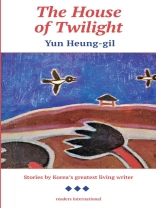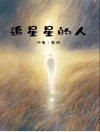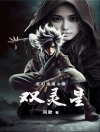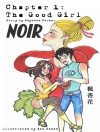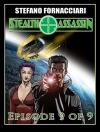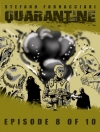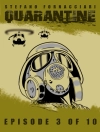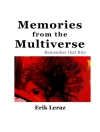In the world of the two Koreas, the North draws our attention with its nukes and strident parades, but the South has built an economic miracle on the backs of ordinary people like us preoccupied by housing, debt, and the daily grind, always guarding against losers and non-conformists who might endanger their hard-won security.
Yun Heung-gil captures these interesting Southerners from their roots in the civil war of the 1950s when they were refugees, displaced, traumatised – through to today when they must negotiate an equally complex and dog-eat-dog society, and he always portrays them with dignity, humor, and subtlety that makes him one of the greatest living Korean writers.
Mục lục
Acclaim for The House of Twilight
Introduction by Martin Holman
The Rainy Spell . . . . . . . . . . . . . . . . . . . . .
Fuel………………………………………….
The Man Who was Left as Nine Pairs of Shoes . . .
A Winter Commuter . . . . . . . . . . . . . . . . . . .
Gang beating ……………………
The House of Twilight . . . . . . . . . . . .
About the Author
About the Translators
About Readers International
Giới thiệu về tác giả
Yun Heung-gil was introduced to world English-language readers by Readers International in 1989 when he was in his forties and had won literary prizes in South Korea. He was also highly regarded in Japan with several collections of stories already published in that language. His stories like The House of Twilight (first published in Korean in 1976), The Man Who was Left as Nine Pairs of Shoes (first published in Korean in 1977), and The Rainy Spell (first published in Korean in 1978) — all in this Readers International collection in English – are now regarded as among the finest Korean literature dealing with the complexities of the Korean War and its aftermath.Yun began his career as a teacher, like several of the narrators in his stories. From 1976 he devoted himself more fully to writing. He is currently professor of Creative Writing at Hanseo University in Seosan, South Korea. He has always been known for his uncompromising literary portraits of post-war refugee life and raw poverty, and the dog-eat-dog atmosphere of Koreans living in and near Seoul.
